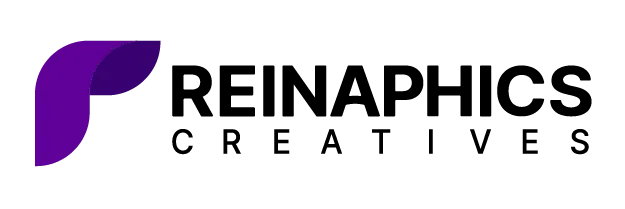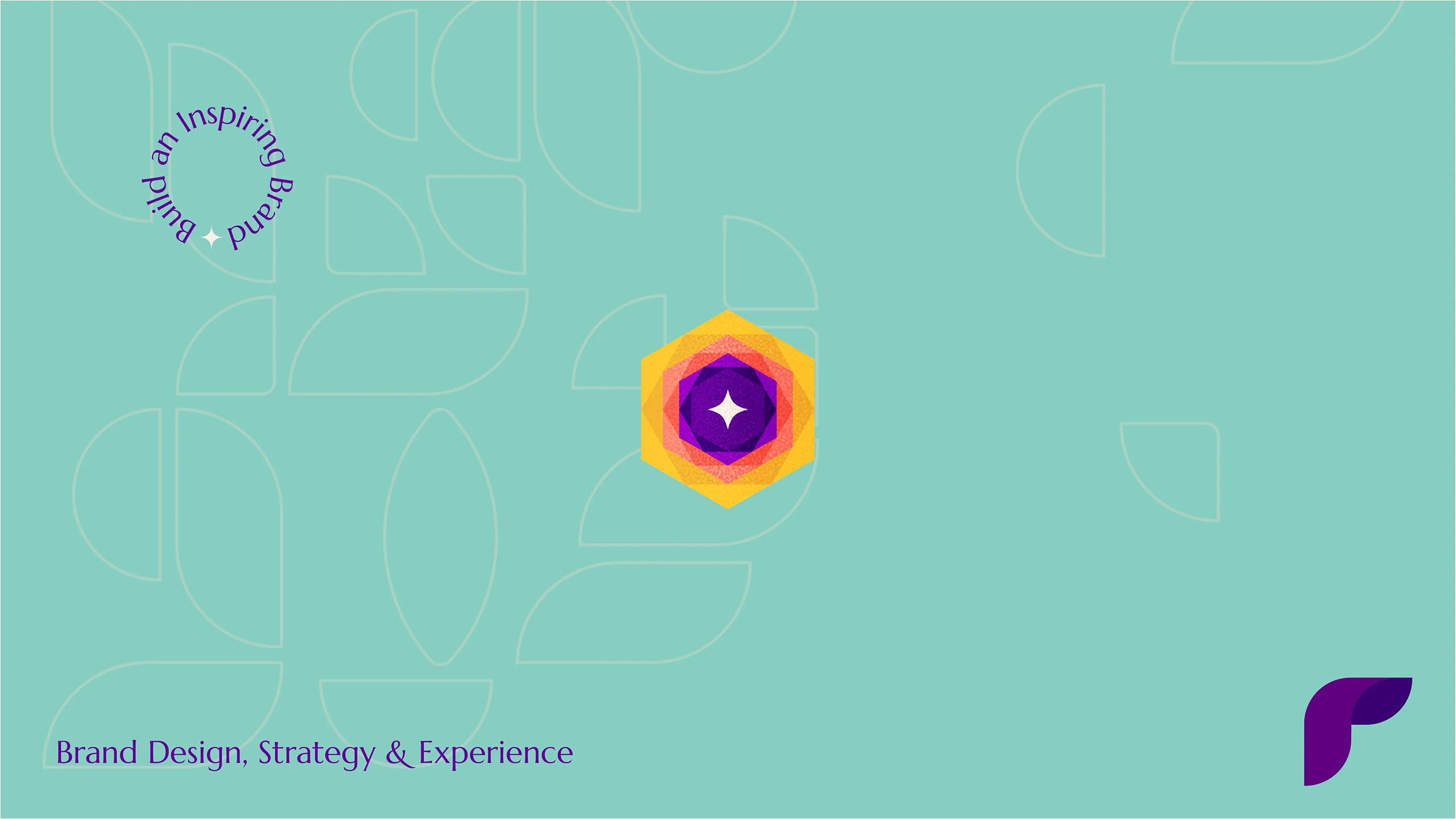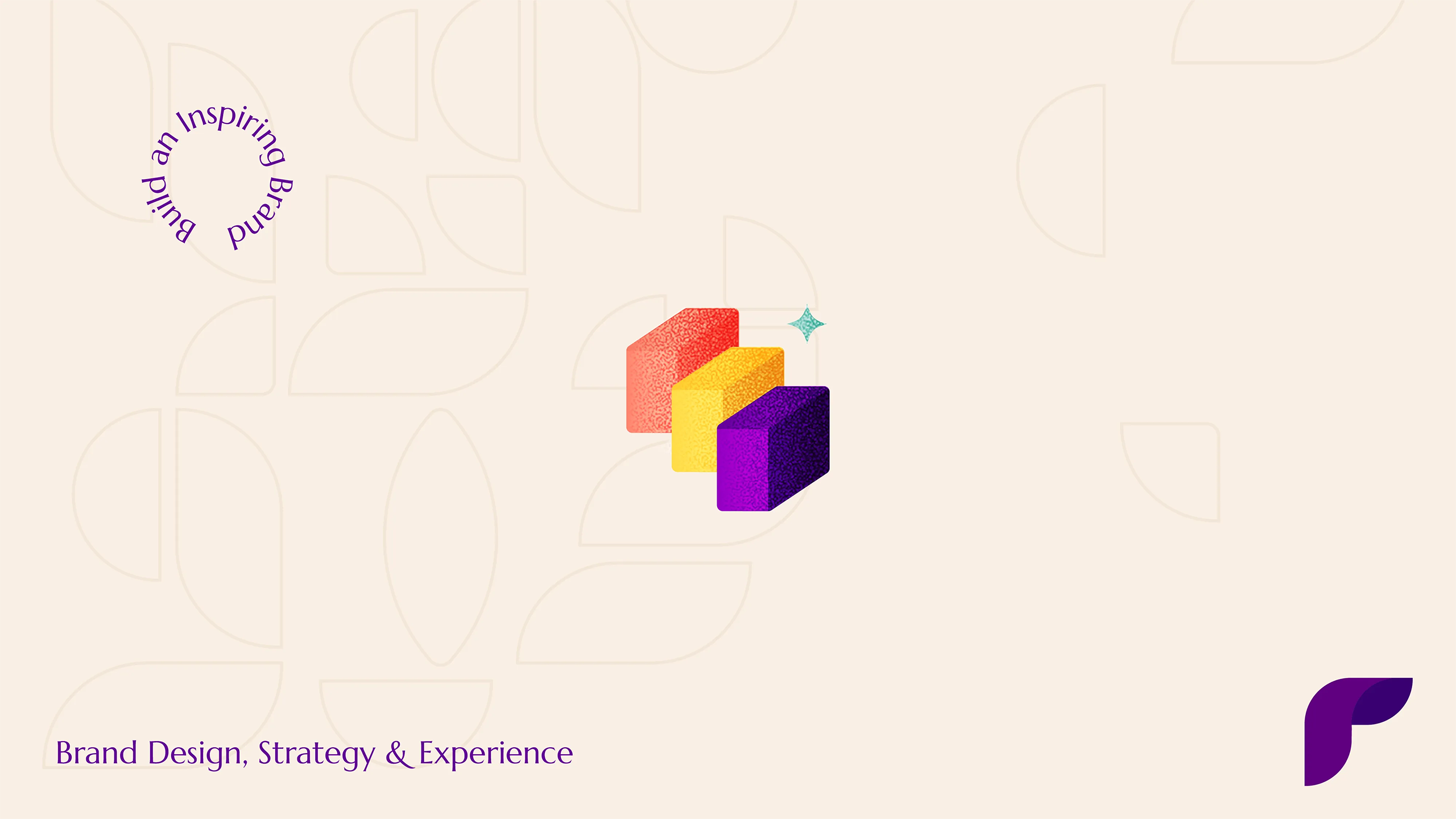The world of luxury cosmetic packaging stands at a fascinating crossroads, where design philosophies create powerful first impressions and shape consumer perceptions. Today’s beauty landscape witnesses an intriguing polarization between stark minimalism and bold maximalism, each approach telling its own compelling story about luxury, value, and brand identity.
The psychology behind these divergent packaging trends reveals deep insights into changing consumer preferences. It also shows us the appearance of many cultural shifts in our understanding of luxury.
Inside this article,
The rise of minimalist luxury cosmetic packaging trends
In recent years, minimalist luxury has emerged as a dominant force in cosmetic packaging design. This beauty is inspired heavily from Japanese and Scandinavian design principles. This approach champions the belief that true luxury lies in restraint and thoughtful reduction.
Augustinus Bader revolutionized the market with their striking blue bottles featuring nothing but essential text in a clean, sans-serif font. This deliberate simplicity, combined with the metallic cap design, creates an immediate association with pharmaceutical precision and scientific authority.


Similarly, La Mer’s minimalist approach with its classic white and green packaging demonstrates how negative space can speak volumes. It can inspire people when it comes to product quality and efficacy. Premium materials play a crucial role in minimal luxury packaging.
Brands like Aesop have mastered the art of amber glass components and black bakelite caps that provide tactile satisfaction.
The Ordinary’s clinical approach with dropper bottles proves that simplicity when executed with superior materials, can command premium positioning.
The careful selection of materials – from Le Labo’s laboratory-style bottles to Byredo’s architectural perfume vessels – creates a sensory experience that compensates for the visual restraint.
Also read: Innovative trends in packaging design: Materials and sustainability
Why is there a maximalist resurgence?
However, the pendulum of design preference has begun swinging toward maximalism, bringing with it a resurgence of ornate patterns, rich textures, and bold color combinations. This shift reflects a broader cultural movement embracing self-expression and joyful abundance.
Luxury houses have masterfully incorporated traditional artistic motifs, botanical illustrations, and metallic embellishments into their packaging, creating products that double as vanity displays.
The psychology behind maximalist design taps into the human desire for visual stimulation and storytelling. Layers of patterns and textures create a sense of discovery, while bold color combinations trigger emotional responses.
The psychology behind maximalist design comes alive in collections like Marc Jacobs Beauty’s colorful packaging and Dior’s ornately decorated holiday collections.



Urban Decay’s collaboration lines featuring hand-painted designs and foil detailing consistently sell out, proving consumers are drawn to packages offering visual excitement. This approach to luxury packaging creates an immersive brand experience that begins long before the product touches the skin.

Is there a sustainable impact?
Sustainability has emerged as a crucial factor influencing both minimalist and maximalist design approaches. Environmental consciousness has sparked innovation in materials and forced designers to rethink traditional luxury cues. Brands are experimenting with recycled glass, biodegradable plastics, and refillable systems while maintaining premium aesthetics.
Lush Cosmetics pioneers with their naked packaging and recycled black pots program. REN Clean Skincare introduced bottles made from ocean-bound plastic, featuring a subtle, wave-like texture. Similarly, La Bouche Rouge revolutionized luxury lipsticks with their leather cases and refillable design.

Material innovation continues to shape aesthetic choices. Kjaer Weis combines luxury with sustainability through their red metal refillable compacts. Tata Harper’s green glass packaging proves sustainable materials can align with premium aesthetics, while Hourglass Cosmetics’ metallic refillable cases demonstrate how sustainability and maximalism can coexist.


Digital integration and consumer experience
Modern luxury packaging increasingly incorporates digital elements that enhance the consumer experience.
- Chanel’s smart beauty line features NFC-enabled packaging that connects users to product information and authentication details through their smartphones.
- Along these lines, we can also see SK-II’s innovative packaging which includes QR codes leading to personalized skin care diagnostics.
- Lancôme’s latest foundation bottles feature shade-matching technology accessible through AR.
- MAC Cosmetics uses virtual try-on features triggered by package scanning.
- YSL Beauty revolutionized lipstick customization with their Rouge Sur Measure device, combining tech with traditional luxury packaging.
- Estée Lauder’s Advanced Night Repair bottle includes traceable chips to combat counterfeiting.
- Clé de Peau Beauté’s packaging contains embedded content revealing the story behind their formulations.
Future outlook
Looking toward the future, an exciting hybrid approach is emerging that combines elements of both minimalist and maximalist design. This fusion creates sophisticated packaging that can adapt to varying market preferences while maintaining brand consistency. Brands like Hermès Beauty combine minimalist primary packaging with maximalist outer boxes.
Chanel’s limited-edition collections feature their classic minimalist bottles adorned with removable decorative sleeves. This hybrid approach satisfies different consumer segments while maintaining brand identity. Technology continues to play an increasingly important role in packaging design evolution. Augmented reality features can transform minimal packaging into an interactive experience, while smart packaging elements add functional value without cluttering the design.
For example, YSL Beauty leads technology integration with AR-enabled packaging, while Dior’s smart packaging adds functional value without cluttering design. The future lies in thoughtful innovation that respects both aesthetic preferences and environmental responsibilities. Luxury houses like Louis Vuitton and Tom Ford Beauty continue pushing boundaries in packaging design while addressing sustainability concerns.
Whether embracing minimalist restraint or maximalist expression, successful brands will be those that create meaningful connections through their packaging choices while addressing sustainability concerns. The continued evolution of materials, manufacturing techniques, and digital integration will provide new opportunities for brands to express luxury in ways that resonate with modern consumers.




